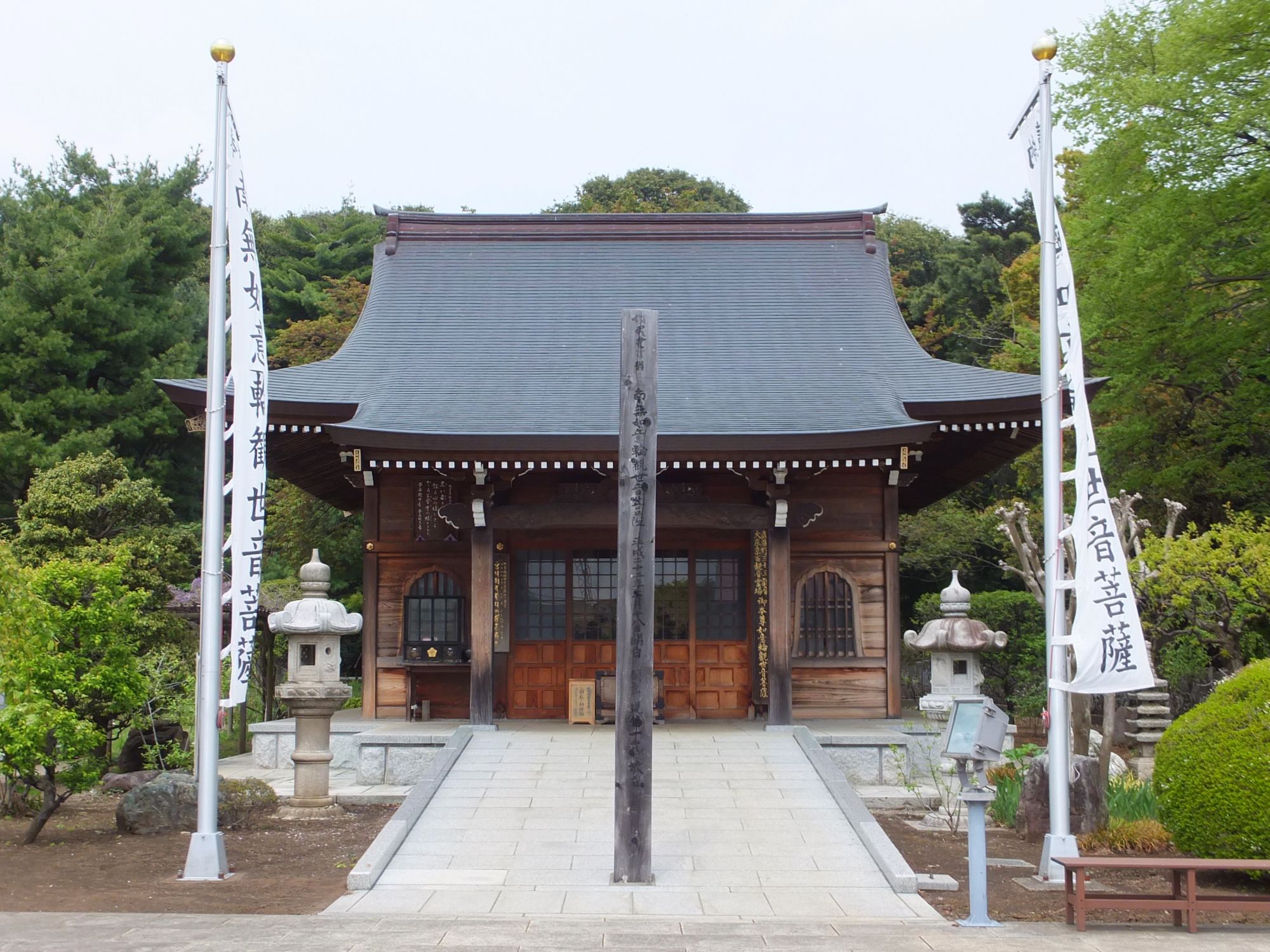Once, many, many years ago, I found a rail pass someone left behind next to a public pay phone in Hamamatsucho Station in Tokyo's Minato Ward.
Before handing in the pass into the stationmaster's office for deposit in the お忘れ物承り所 (o-wasuremono uketamawari-jo, lost-and-found department), I glanced at the owner's name and age as entered on the pass (no problem there); but the name of the station, 上石神井, left me completely mystified: I had never seen those four characters 上, 石, 神 and 井 (meaning above, stone, god and well) in combination, and hadn't the faintest idea how they should be read. Ue-ishigamii? Jo-sekishini??
"すみませんがこの駅名はどうやって読みますか" ("Sumimasen ga kono ekimei wa dōyatte yomimasuka?" "Excuse me, but how do you read the name of this station?"), I enquired to the 駅員 (ekiin, station employee), who squinted at the pass and informed me, "Kamishakujii desu."



